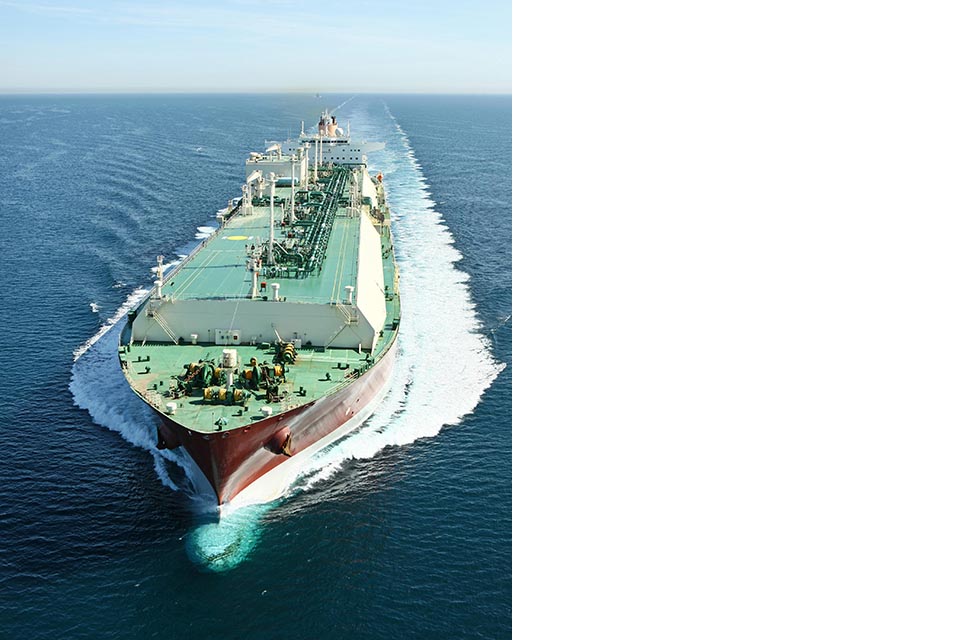Second safety warning issued after mooring line failure on board LNG tanker Zarga resulted in serious injury to a deck officer
Urgent safety lessons on the failure of close-fitting jacketed synthetic fibre ropes with low twist constructions.
Safety Bulletin 1/2016

Photograph courtesy of Fotoflite.com
Summary
The Marine Accident Investigation Branch is carrying out an investigation into the mooring line failure on board LNG tanker Zarga while alongside South Hook LNG terminal, Milford Haven on 2 March 2015 which resulted in serious injury to a deck officer.
Safety lessons
Close-fitting jacketed synthetic fibre ropes with low twist constructions are more prone to failure under normal operating conditions than other mooring rope constructions. This is especially the case where the diameter to diameter (D:d) ratio between a ship’s deck fittings and its mooring ropes, is less than that recommended by the rope’s manufacturer. The nature of the close-fitting jacket precludes visual inspection of the rope’s core for signs of degradation. Operators of vessels using close-fitting jacketed synthetic fibre mooring ropes are strongly advised to contact the rope’s manufacturer/supplier to:
-
Confirm or otherwise that the rope is suitable for its intended use and envisaged operating conditions including, specifically, that it is compatible with the vessel’s deck fittings, and,
-
Ensure that an appropriate regime exists to monitor the condition of the ropes in use so as to maintain a high level of confidence that they can be replaced before they become materially weakened or degraded.
Please note that the causes and contributing factors of Zarga’s mooring line failure are subject to an ongoing investigation and will be discussed in a full investigation report.
Related publications
In 2015 the MAIB issued safety bulletin 1/2015 as a result of the Zarga accident investigation relating to the elongation and snap-back characteristics of mooring lines